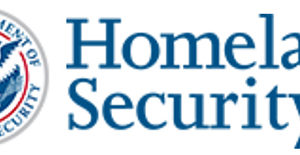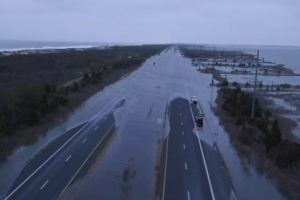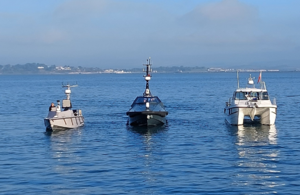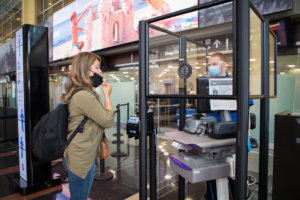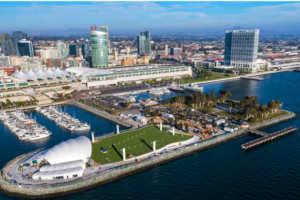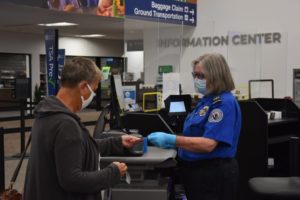FEMA Resources for Climate Resilience
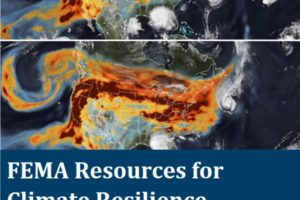
As climate change increases disaster risks across the country, emergency managers and government officials are beginning to implement strategies to build community resilience. FEMA Resources for Climate Resilience provides a roadmap of Federal Emergency Management Agency (FEMA) programs and initiatives that advance community climate resilience. FEMA Resources for Climate Resilience assists FEMA’s state, local, tribal, and territorial (SLTT) partners in navigating the FEMA resources that are available to support communities in mitigating impacts of climate change.
Building resilience is a long-term, ongoing cycle that requires multiple steps to accomplish. Each section of the FEMA Resources for Climate Resilience corresponds with a step in that cycle and provides information about FEMA services, programs, and grants available to SLTT partners. Each SLTT partner has a unique experience with FEMA and has participated in different elements of the resilience cycle. SLTT partners with limited FEMA experience may choose to start from the beginning of FEMA Resources for Climate Resilience, while other SLTT partners may navigate directly to their program of choice.
Each section of FEMA Resources for Climate Resilience provides a brief description of the program, service, or grant, an overview of who can apply, examples of the FEMA programs in action, and helpful tools and resources for learning more about the program, service, or grant. In addition, where applicable, FEMA Resources for Climate Resilience also points out areas where equity can be prioritized. FEMA Resources for Climate Resilience explains how existing tools, such as the National Risk Index (Risk Index), can assist SLTT governments and their communities, right now, in making informed planning decisions including considerations of impacts from future weather conditions.
FEMA Resources for Climate Resilience also provides a quick glance at FEMA funding sources, such as the Building Resilient Infrastructure and Communities (BRIC) program, designed to support communities in building capability and capacity to mitigate the increasing impacts of climate change.
FEMA Resources for Climate Resilience is available to download at https://www.fema.gov/sites/default/files/documents/fema_resources-climate-resilience.pdf


